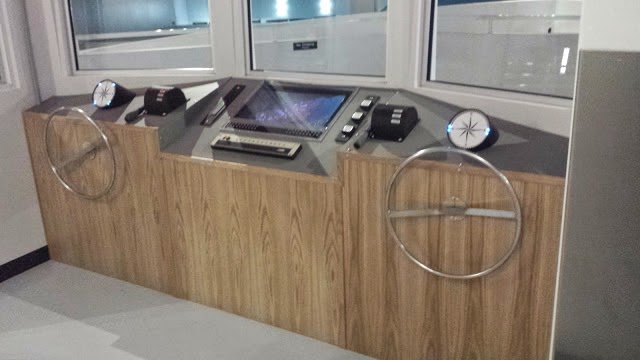Sunken ships hull
We are constantly looking for ways to improve the guest experience @ the LLPA.
This past month the exhibit and marketing teams have been hard at work designing and fabricating the new touch pool exhibit. The exhibit is built on a sunken ships theme whereas you enter a rotted ship's hull that landed precariously over the pool. Inside the sunken ship you can observe and touch the animals that live in this underwater habitat.
Raising the Sinking Ship
First the exhibit is computer modeled in a 3D form and then the hull is fabricated from laminated plywood sections that match the 3D designs shape and theme. In this case the wall needed to be bowed to match the hull's dimensions. The shape was taped on the floor of the shop and the laminated sections were assembled around it.
Then the surface of the wall was covered with a "secret sauce" that will be formed, stained and finished to look like rotted underwater wood.
Work in the exhibit space can only be done before and after the aquarium's closing so the wall sections are designed and fabricated in movable sections.
The night before, the team prepares the walls, hardware and hull sections for the next mornings installation.
Lots more to do!
This is just the first section of the ship hull, there are at least two more wall yet to be completed, so stay subscribed to this blog to see this fun new exhibit evolve.
Below are pictures taken as the fragments of the sunken ships hull were completed and installed.













































